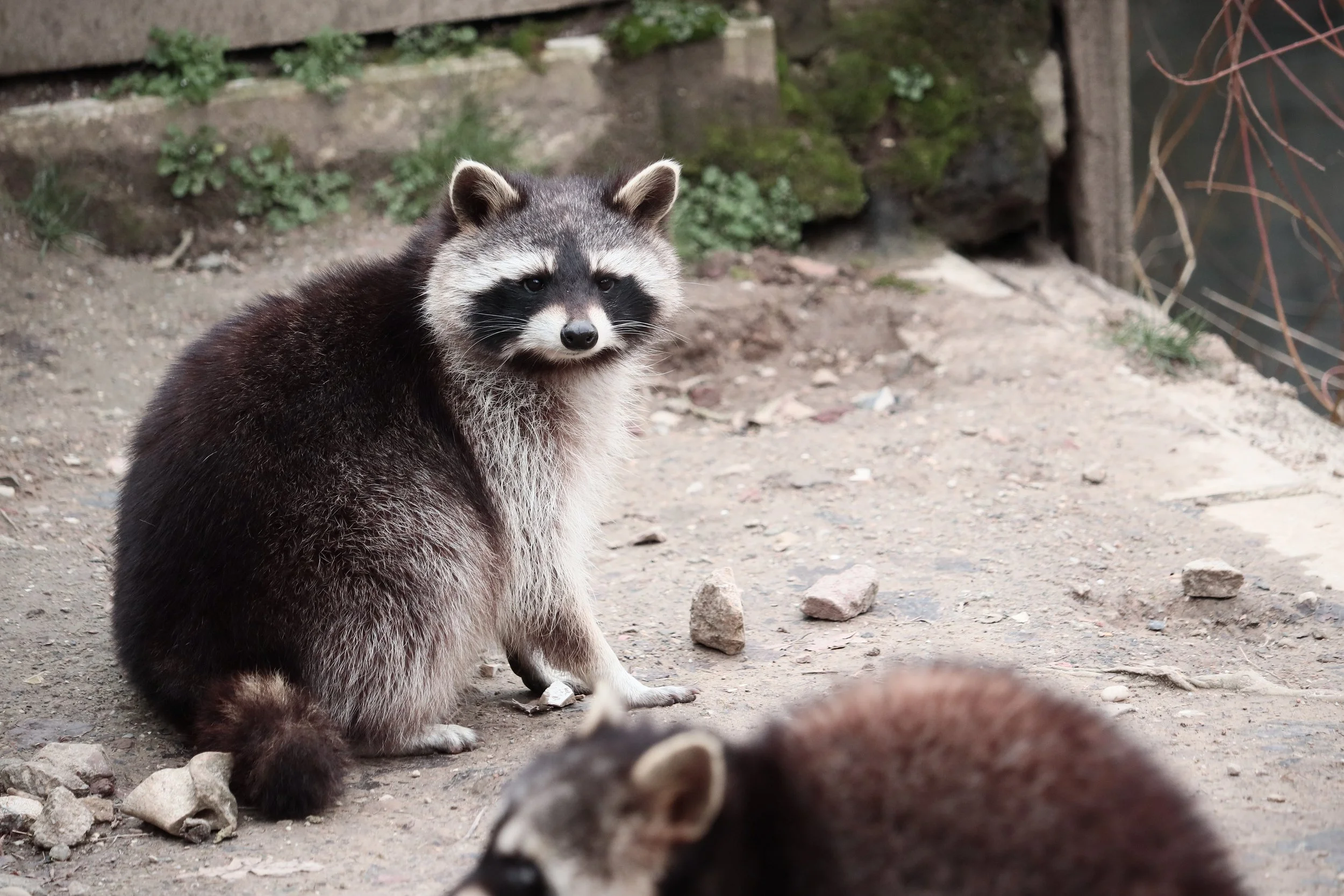BY: Siya Sharma
There is always a unique sense of unease that washes over us when we see nature face a dramatic change in its ever-unfiltered glory. One such change has been the cyclical rise and fall of Toronto’s canine distemper issue in recent years, and the potential developments to come.
Canine distemper virus (CDV) is a highly contagious and potentially fatal virus that affects a number of mammals, including dogs, raccoons, skunks, foxes, and coyotes. While humans cannot contract the virus itself, the Humber River-Black Creek area supports many of the furry friends that have been gravely affected by distemper. Canine distemper devastates an animal’s immune, respiratory and gastrointestinal systems, often leaving these animals lethargic, confused, aggressive, and especially vulnerable. In more severe cases, CDV is known to greatly impair neurological function, spiraling these animals into seizures and paralysis. When infection has reached this point, euthanization is usually the only humane solution.
CDV is certainly not a new issue. Reports about distemper have been around for at least 60 years in Ontario, often spiking during the spring-fall season as one of the most common causes of death for raccoons and skunks. Toronto Animal Services reports that these outbreaks occur cyclically, typically recurring every two or three years, with the most recent outbreak beginning in fall of 2022 and persisting until last year's fall season.
But why should we worry about these cases if they’re so common?
To begin with, this means that our dogs, and many other neighbourhood mammals, are at frequent risk of contracting CDV. CDV vaccination is highly effective in dogs and recommended as a core vaccine for puppies. However, dogs that are unvaccinated, younger, or have a weaker immune system are at a greater risk of being affected and possibly suffering permanent damage. Moreover, infected animals will often move further into human-occupied spaces as they lose their abilities to climb and scavenge, increasing the risk of direct contact with pets and people.
Vaccination as a method of CDV prevention in non-dog species has been tested, and is even a standard practice of the Toronto Wildlife Centre before the release of raccoons and skunks from rehabilitation. Similar vaccination campaigns have also been launched to administer rabies vaccines to skunks and raccoons. So, why not do the same with distemper? Dr. Mark Vicari, an assistant professor in York University’s department of biology and an experienced ecological researcher, brings his insight to this question. He highlights some potential concerns that experts would need to consider with a wider vaccination plan, including that “we might see a big increase in raccoon numbers if the virus is something that is regulating the population.” A disruption to an important regulating factor could have radiating effects on the ecosystem. Dr.
Climate change is another factor which may be affecting the rise of distemper as Dr. Vicari points out that, independent of CDV, the warmer climate may be drawing more animals out. He elaborates to say that “[if it’s] a population that has grown during the warmer season [then] that might be causing [the animals] to compete and look for food in areas where they wouldn't otherwise be doing that,” noting that it would require more statistical analysis from animal services and environmental groups to establish that correlation.
The uptick in distemper cases also puts a strain on city resources, especially those relating to animal services and rehabilitation. With priority being given to the sick and injured animals that are still alive, we’ve historically seen a buildup of animal cadavers on city streets and sidewalks during outbreaks. This is not only an unsettling sight but also a public health danger.
As we head into the active season for many of these animals, with March 19th marking the start of the spring season, we need to stay diligent to help address these issues early. The Downsview community is home to a variety of wildlife, from an expansive park to the many individual woodlots scattered throughout the Humber River-Black Creek area. By reporting any sick, dead, or injured animals, as well as any other environmental issues as they arise, we can do our part to protect ourselves, our community, and our beloved wildlife.
For more information on canine distemper in Toronto and how to report sick or injured wildlife, please visit Toronto.ca or call 311.

